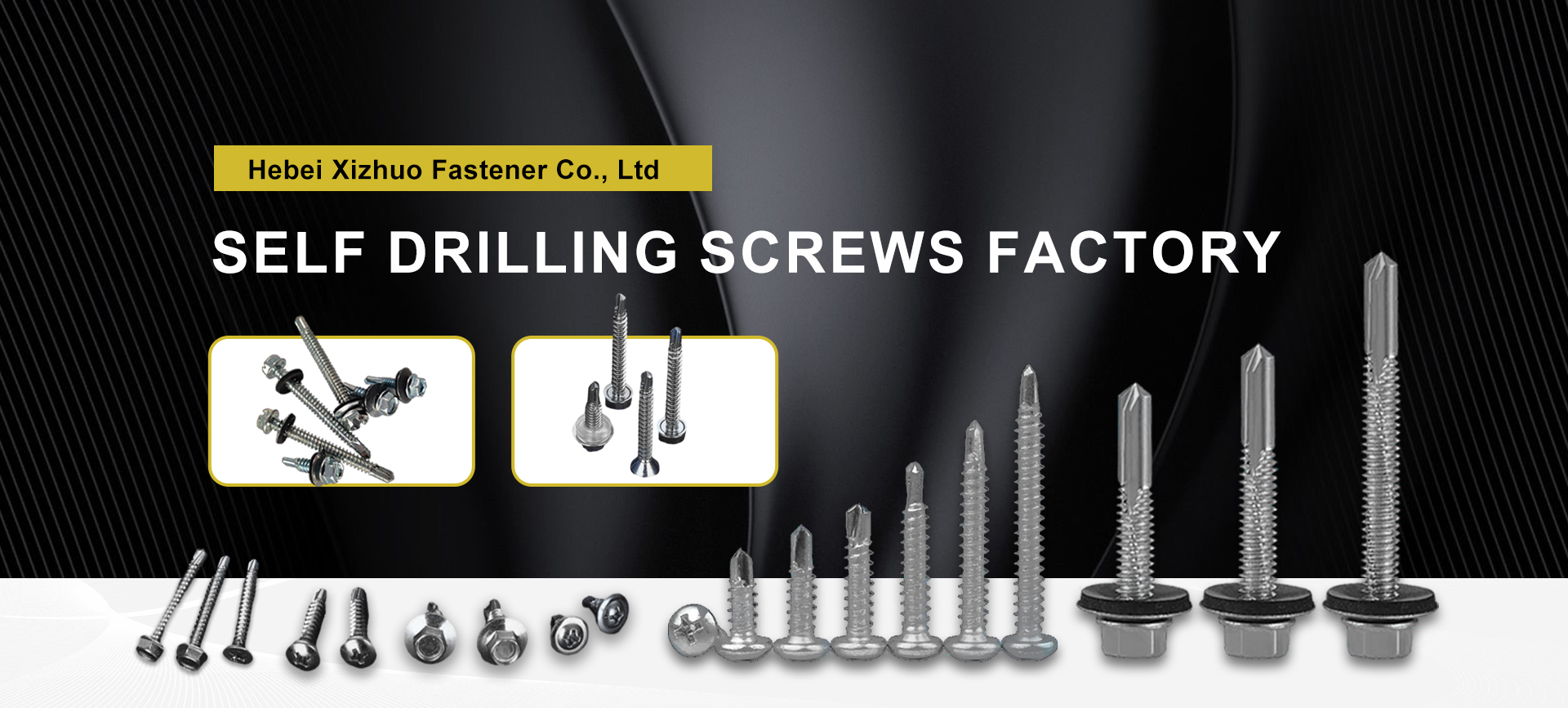m8 self drilling screw
Understanding M8 Self-Drilling Screws A Comprehensive Overview
M8 self-drilling screws are a specialized type of fastener designed for a variety of construction and engineering applications. These screws are particularly valued for their efficiency and ease of use, making them a popular choice in both professional settings and DIY projects.
Understanding M8 Self-Drilling Screws A Comprehensive Overview
M8 self-drilling screws commonly feature a variety of head styles, including hex, pan, and countersunk options. Each head type serves a different purpose and offers unique benefits—hex heads, for example, provide excellent torque capability, while countersunk heads offer a flush finish. The choice of head style often depends on the specific requirements of the project and the materials being used.
m8 self drilling screw

Another advantage of M8 self-drilling screws is their coating options. Depending on the environment, screws may be coated with zinc, ceramic, or other protective materials to enhance corrosion resistance. This is particularly important in outdoor settings or in applications where the screws will be exposed to moisture, as rust and corrosion can lead to structural failure over time.
Installation of M8 self-drilling screws is straightforward, requiring only a compatible power drill or driver. The self-tapping feature allows for effective engagement with the base material, ensuring a tight hold. It is important to use the correct torque settings when driving in these screws, as overtightening can lead to breakage or damage to the materials being joined.
In conclusion, M8 self-drilling screws are an invaluable addition to any tradesperson’s toolkit. Their combination of size, ease of use, and versatility makes them suitable for a wide range of applications—from fastening metal framing in construction to securing fixtures in cabinetry. As industries continue to evolve, the demand for efficient and reliable fastening solutions like M8 self-drilling screws will undoubtedly rise, ensuring that these fasteners remain a staple in various fields. Understanding their properties and applications can help professionals and DIY enthusiasts alike make informed choices for their projects.
-
Weatherproof Plastic Expansion Anchors for OutdoorNewsJun.06,2025
-
Sustainability in the Supply Chain: Eco-Friendly TEK Screws ProductionNewsJun.06,2025
-
Load-Bearing Capacity of External Insulation FixingsNewsJun.06,2025
-
Double Head Bolts: Enhancing Efficiency in Industrial MachineryNewsJun.06,2025
-
Corrosion Resistance in Chipboard Screws: Coatings for Wholesale DurabilityNewsJun.06,2025
-
Butterfly Toggle Bolts : Enhancing Structural ResilienceNewsJun.06,2025
